Especially when beginners look at the life in ponds they sometimes will find animals that have a structure in the body that looks like a heart beating. The animal shown below in the left image is a (bdelloid) rotifer. Often the water under the coverslide evaporates, the rotifer is compressed so that it looks like in this photographs below. This beating structure is part of the mastax which serves for the uptake of food. The brownish structure in the lower half of the crop of the right image is called trophi. All female rotifers have such trophi in the mastax (the monogonont male rotifers don´t), but these trophi may look very different in the different taxa. |
| |
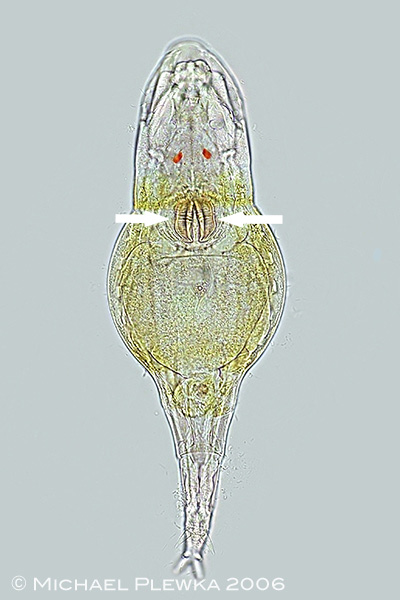 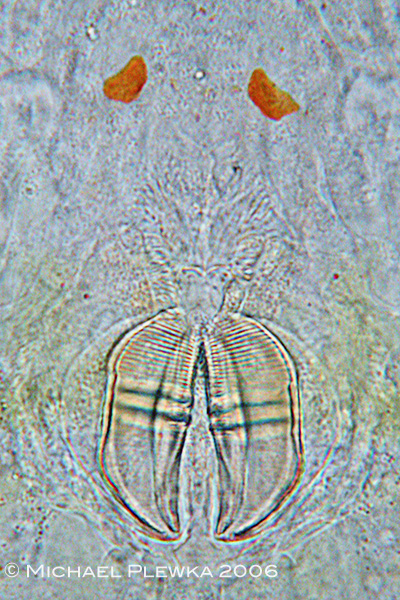 |
| |
| The basic schematical diagram, however, looks a little bit different from the structure above. Here are the typical 4 main parts of the trophi: unci, rami, manubria and fulcrum. |
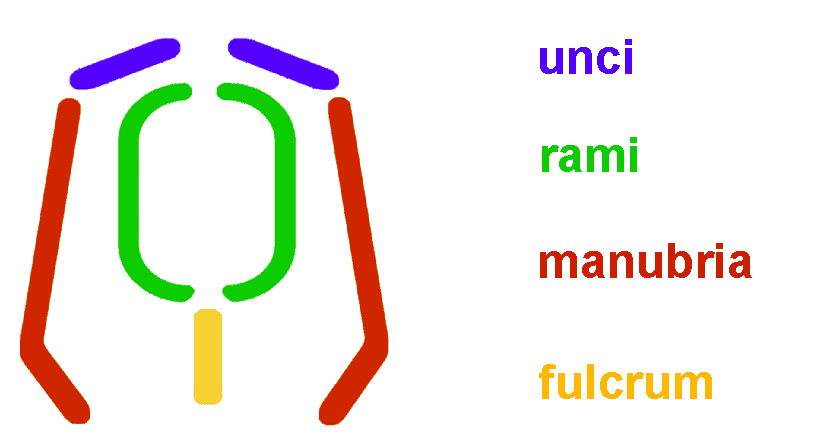 |
| While in some rotifer families (especially those with species that have a lorica with characteristic features (like for example: Brachionidae, Lecanidae or Trichocercidae)) the species can be identified by their outer appearance, in many rotifer families species identification is only possible by thorough analysis of the trophi. This can be accomplished by isolating specimens and compressing them cautiously. This procedure may already help to exclude some families or genera. For identification to species level, however, the maceration of the trophi by detergents (SDS) and consecutive maceration by NaOCl is mandatory. The procedure for the preparation of rotifer trophi is described here in more detail >>> |
| The 3 major groups (Monogononta, Bdelloidea, Seisonacea) have different trophi types. In the group of the monogonont rotifers 7 different basic types may be distinguished which occur in different families (which is illustrated in more detail below). In all bdelloid rotifers only ramate trophi exist. The few seisonacean species have fulcrate trophi. |
|
| |
| |
| |
| Monogonont rotifers |
| cardate |
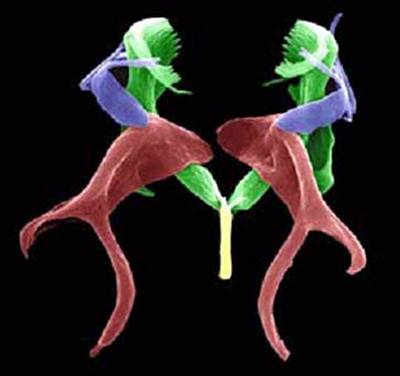 |
| |
| |
| |
| |
| |
| |
| |
| |
| |
| |
| |
| |
| |
| |
| |
| |
SEM image courtesy: D. Fontaneto / G. Melone |
|
|
| found in taxa: Lindiidae |
|
| |
| |
| forcipate |
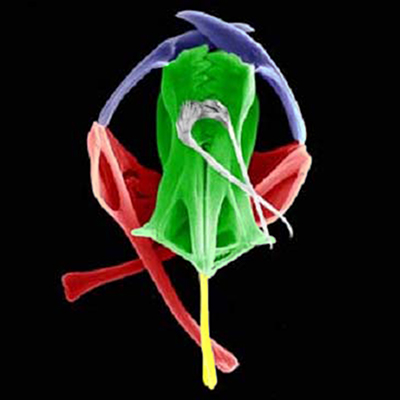 |
| |
| |
| |
| |
| |
| |
| |
| |
| |
| |
| |
| |
| |
| |
| |
| |
SEM image courtesy: D. Fontaneto / G. Melone |
|
|
| found in taxa: Dicranophoridae: |
|
| |
| incudate |
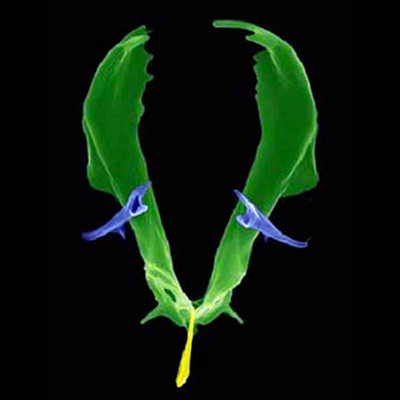 |
| |
| |
| |
| |
| |
| |
| |
| |
| |
| |
| |
| |
| |
| |
| |
| |
SEM image courtesy: D. Fontaneto / G. Melone |
|
|
| found in taxa: Asplanchnidae |
|
| |
| malleate: Brachionidae; Colurellidae, Epiphanidae, Euchlanidae, Mytilinidae, Proalidae (part of), Trichotridae |
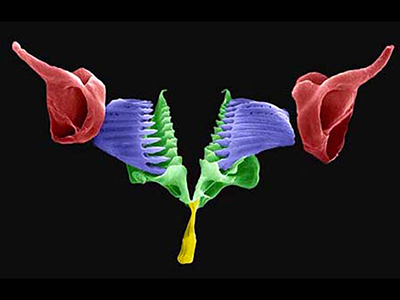 |
| |
| |
| |
| |
| |
| |
| |
| |
| |
| |
| |
| |
SEM image courtesy: D. Fontaneto / G. Melone |
|
|
| Brachionidae |
|
| Colurellidae |
|
| Epiphanidae |
|
| Euchlanidae |
|
| Mytilinidae |
|
| Trichotridae |
|
| |
| (modified) malleate: Proalidae |
|
| |
| malleoramate: Conochilidae, Filiniidae; Flosculariaceae; Testudinelidae |
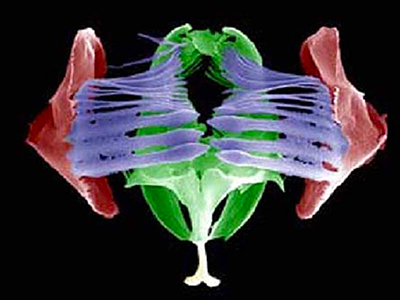 |
| |
| |
| |
| |
| |
| |
| |
| |
| |
| |
| |
SEM image courtesy: D. Fontaneto / G. Melone |
|
|
| found in taxa: Conochilidae, Filiniidae, Flosculariaceae, Hexarthridae, Testudinellidae |
|
| |
| uncinate: Collothecidae |
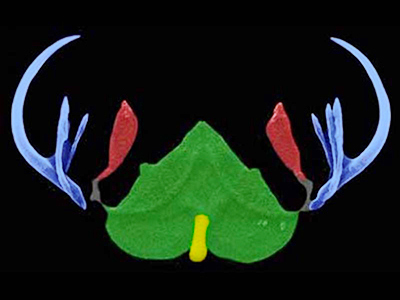 |
| |
| |
| |
| |
| |
| |
| |
| |
| |
| |
| |
| |
SEM image courtesy: D. Fontaneto / G. Melone |
|
|
|
| |
| virgate: Gastropodidae, Ituridae, Notommatidae; Proalidae; Synchaetidae, Trichocercidae |
 |
| |
| |
| |
| |
| |
| |
| |
| |
| |
| |
| |
| |
| |
| |
| |
| |
SEM image courtesy: D. Fontaneto / G. Melone |
|
|
| found in taxa: Gastropodidae, Ituridae (modified, transition to forcipate) Notommatidae, Proalidae |
| Notommatidae |
|
| Gastropodidae (virgate) |
|
| Ituridae (specialized virgate) |
|
| Proalidae (virgate) |
|
| Scariidae (modified virgate) |
|
| Synchaetidae |
|
| Trichocercidae |
|
| |
| Bdelloid Rotifers: ramate: |
| All bdelloid rotifers have ramate trophi, where within the unci the minor teeth are distinguished from the major teeth. The dental formula is a trait for species identification. More on this here |
| |
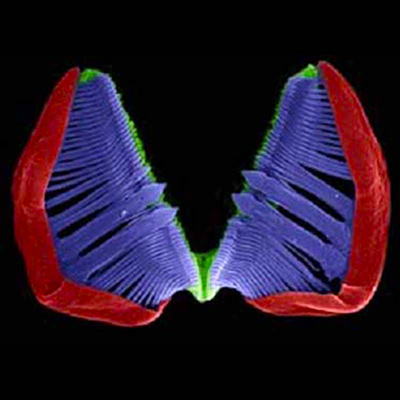 |
| |
| |
| |
| |
| |
| |
| |
| |
| |
| |
| |
| |
| |
SEM image courtesy: D. Fontaneto / G. Melone |
|
|
|
| |
| Seisonacea: fulcrate: |
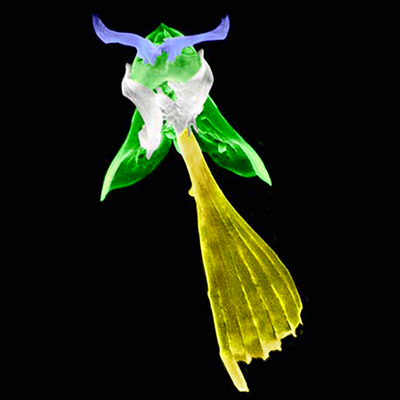 |
| |
| |
| |
| |
| |
| |
| |
| |
| |
| |
| |
| |
| |
| |
| |
| |
SEM image courtesy: D. Fontaneto |
|
|
|
| |
| |
| |
|
|
|
| |